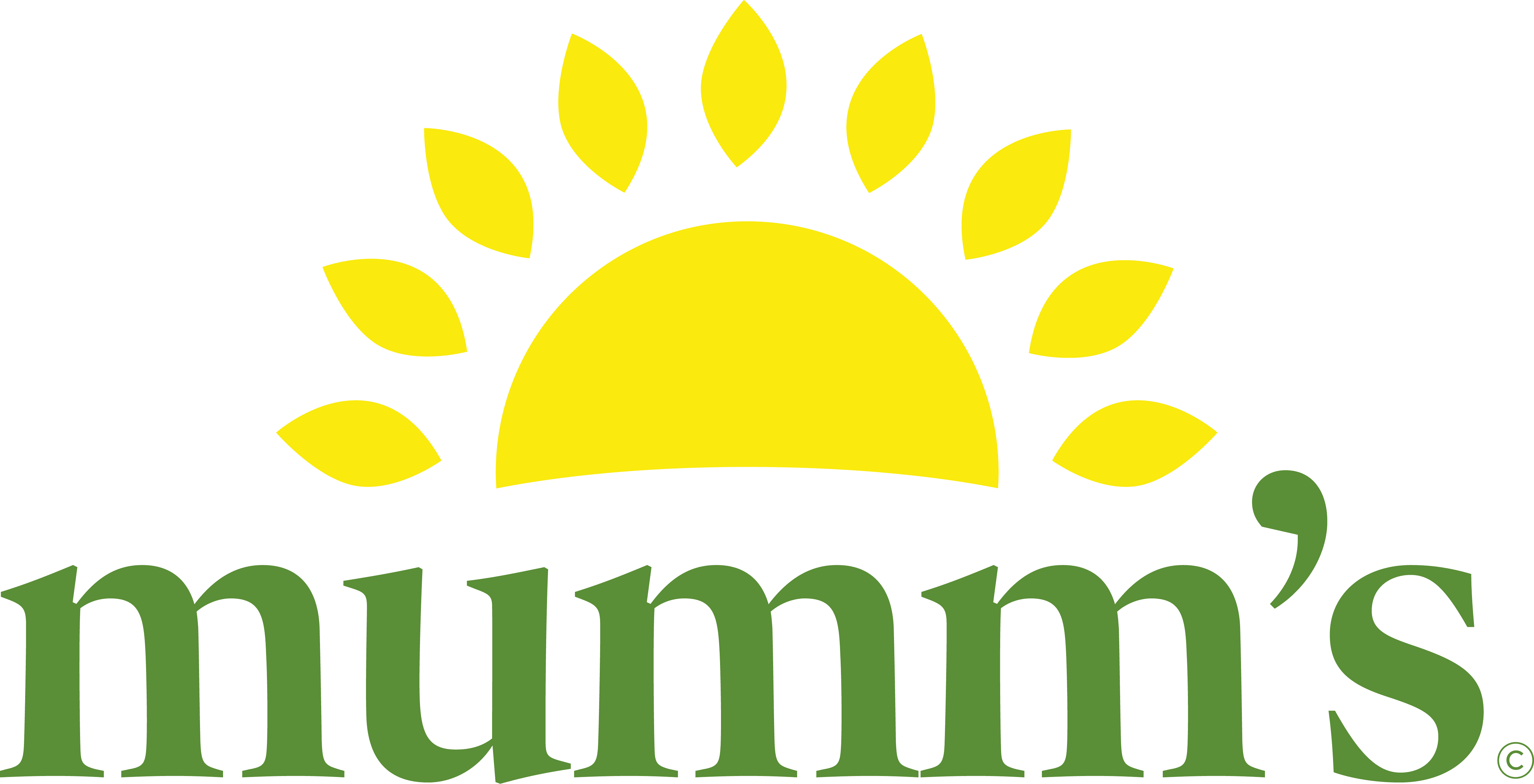Mung Bean Sprouts
“The anti-diabetic effects of Mung bean sprout (MBS) extracts and Mung bean seed coat (MBSC) extracts were investigated in type 2 diabetic mice. Male KK-A (y) mice and C57BL/6 mice were used in this study. In KK-A (y) mice, the blood glucose, plasma C-peptide, glucagon, total cholesterol, triglyceride, and blood urea nitrogen (BUN) levels were significantly higher than those in the C57BL/6 mice ( P < 0.001, P < 0.001, P < 0.01, P < 0.001, P < 0.01, and P < 0.01). In addition, KK-A (y) mice showed an obvious decrease in insulin immunoreactivity in pancreas as well. MBS and MBSC were orally administrated to KK-A (y) mice for 5 weeks. It was found that MBS (2 g/kg) and MBSC (3 g/kg) lowered blood glucose, plasma C-peptide, glucagon, total cholesterol, triglyceride, and BUN levels and at the same time markedly imporved glucose tolerance and increased insulin immunoreactive levels. These results suggest that MBS and MBSC exert an antidiabetic effect in type 2 diabetic mice. “
Antidiabetic activity of Mung bean extracts in diabetic KK-Ay mice.
J Agric Food Chem. 2008 Oct 8;56(19):8869-73. Epub 2008 Sep 4
Yao Y, Chen F, Wang M, Wang J, Ren G.
Crude dietary fiber samples were prepared from [sprouts of] beet, cabbage, Japanese radish, onion, and mung bean sprouts (BF, CF, RF, OF, and MF, respectively). These samples contained total dietary fiber at the levels of 814, 699, 760, 693 and 666 g/kg, respectively. To examine the effect of the dietary fibre sources on the plasma cholesterol concentration, male Sprague-Dawley rats were fed on a fiber-free (FF) diet or on an FF diet supplemented with 5% or 10% dietary fiber. Dietary fiber extracted from vegetables, wood cellulose (CL), pectin (PE) and guar gum (GG) were used as the fiber sources. Compared with the rats fed on the FF diet, a significant reduction in the plasma cholesterol concentration was observed in the rats fed on BF, CF, RF, MF, PE or GG after a 21-d feeding period. Cecal acetate, n-butyrate and total short-chain fatty acids were significantly higher in the rats fed on these dietary fibers, except for CF, than in those fed on the FF diet. A negative correlation was apparent between the total dietary fiber content, hemicellulose content and pectin content of each dietary fiber source and the plasma cholesterol concentration. These results suggest that some vegetable fibers exert a plasma cholesterol-lowering effect through cecal fermentation of these fibers.
Biosci Biotechnol Biochem
2000 Dec;64(12):2543-51
Plasma cholesterol-lowering effect on rats of dietary fiber extracted from immature plants.
Nishimura N, Taniguchi Y, Kiriyama S.
“The folacin content of alfalfa (Medicago sativa) and mung bean (Vigna radiata) sprouts was determined by Lactobacillus casei. Several variations of extraction procedures were tested. The optimum conditions for extraction were autoclaving mung bean and alfalfa sprouts in phosphate buffer containing 0.3% and 0.4% ascorbate, respectively, before homogenisation in a blender. The optimum blending time for folacin extraction was 120s for mung bean and 15s for alfalfa sprouts. Folacin content on dry weight basis increased several times in both types of sprouts during germination. Mature alfalfa and mung bean sprouts were found to contain 186 and 178 g folacin per 100 g fresh weight, respectively.”
Journal of the Science of Food and Agriculture
Volume 36, Issue 11, Date: November 1985, Pages: 1155-1160.
Folacin content of alfalfa and mung bean sprouts: The effect of extraction procedures and maturity
Marilyn F. Magaram, Cynthia L. Stotts, Tung-Shan Chen, Christine H. Smith, Arlene J. Kirsch.
